I was fortunate enough years ago to receive a set of cast iron pans from a dear grandmother of the family. Unfortunately she passed away before she told me how to clean or season them. I knew from growing up you weren’t supposed to use soap or water in them as they would rust but then I wasn’t sure how to clean them properly and re-season them. To season a cast iron pan means to create a slick and glassy coating by baking on multiple thin coats of oil. This will protect the cast iron pan from getting rusted and makes for a non-stick cooking surface.
Now the trick is to not use any old oil. I only ever use canola or vegetable oil or good old-fashioned lard. Never olive oil and never bacon. Why? Well olive oil can burn and leave a rancid smell and taste in the pan. Bacon, while it’s the best thing in the world will leave your pan smelling and anything you cook in it tasting like bacon.
There is a trick to maintaining cast iron cookware and that trick is known as “seasoning” or “curing.” Your food will never stick to the bottom of the skillet or pot and the iron will not rust if it is properly seasoned. Plus the cast iron cookware cleans up easily as well. Seasoning or curing cast iron cookware means filling the pores and voids in the metal with grease of some sort, which subsequently gets cooked in. This provides a smooth, non-stick surface on the inside of the cast iron pan.
If the cast iron pan was not seasoned properly or a portion of the seasoning wore off and food sticks to the surface or there is rust, then it should be properly cleaned and re-seasoned. Seasoning a cast iron pan is a natural way of creating non-stick cookware. And, like you cook and clean the modern non-stick cookware with special care to avoid scratching the surface, your cast iron cookware wants some special attention too.
NOTE: All new (not old cast iron cookware) cast iron pans and skillets have a protective coating on them, which must be removed. American companies use a special food-safe wax; imports are covered with a water-soluble shellac. In either case, scrub the item with a stainless steel scouring pads (steel wool), using soap and the hottest tap water you can stand.
Also, don’t let the cast iron sit too long without using it (you may notice a rancid smell or flavor if the seasoning turns bad). The only way to get rid of this is to re-season it by baking it in the instructions below. Unless you use your cast iron pans daily, they should be washed briefly with a little soapy water and then rinsed and thoroughly dried in order to rid them of excess surface oil. If you do not do this, the surplus oil will become rancid within a couple of days.
Remember – Every time you cook in your cast iron frying pan, you are actually seasoning it again by filling in the microscopic pores and valleys that are part of the cast iron surface. The more you cook, the smoother the surface becomes!
PrintHow to season a cast iron pan
Find more fantabulous recipes, tips and tricks at www.thekitchenwhisperer.net. Also, join our TKW Family on Facebook
Ingredients
- Cast iron pan
- Aluminum foil
- Canola oil or lard (something with a high smoking point)
Instructions
To Season
- Place a large piece of aluminum foil on the bottom of your oven. This is important and it’ll catch the drips.
- Preheat the oven to 450F with a rack in the middle.
- Rub the inside and outside of the pan with a light coating of oil. You want the entire pan coated in oil.
- Place the cast iron pan, upside down, in the oven on the rack.
- Bake for 1 -1/2 hours. Note: Seasoning cast iron pans does generate smoke similar to cooking in a dirty oven.
- Once done, turn off the oven, and let the pan cool to room temperature in the oven.
- If it’s a brand new pan, do this a few times before use. Repeating this process several times is recommended as it will help create a stronger “seasoning” bond.
- Once cooled, wipe the pan again with a VERY light coating of oil and store with a paper towel between the pans.
To remove rust stains
- If you need to remove rust: use a mixture of salt and oil and scrub that hard into the rust, then rinse thoroughly in hot water. Use steel wool if necessary.
- Next, scour the pan completely under hot water. Do this for several minutes or until the water runs clean. if you use soap or an SOS pan you MUST make sure there is no residue left otherwise your foods will taste like soap!
- Next season the pan with the instructions above doing this seasoning step (coating, baking and cooling) at least 2 times.
To clean
- I try to avoid soap at all costs. For me I use about a 1/2 cup of kosher salt into the still-warm skillet. Use a folded kitchen towel to scour.
- Discard the salt and rinse the skillet with hot water.
- Dry immediately with a kitchen towel, or heat skillet over a medium-low flame to evaporate the moisture.
- Very lightly coat the entire pan with oil, wipe clean and store away.
Notes
What it means to season:
The oil fills the cavities and becomes entrenched in them, as well as rounding off the peaks. By seasoning a new pan, the cooking surface develops a nonstick quality because the formerly jagged and pitted surface becomes smooth. Also, because the pores are permeated with oil, water cannot seep in and create rust that would give food an off-flavor. Your ironware will be slightly discolored at this stage, but a couple of frying jobs will help complete the cure, and turn the iron into the rich, black color that is the sign of a well-seasoned, well-used skillet or pot.
I love these pans!
10″ Cast Iron Pan
Cast Iron Grill and Griddle
Cast Iron Set Perfect for Christmas!
Check out the rest of the Countdown to Christmas 2014 recipes, tips and tricks!
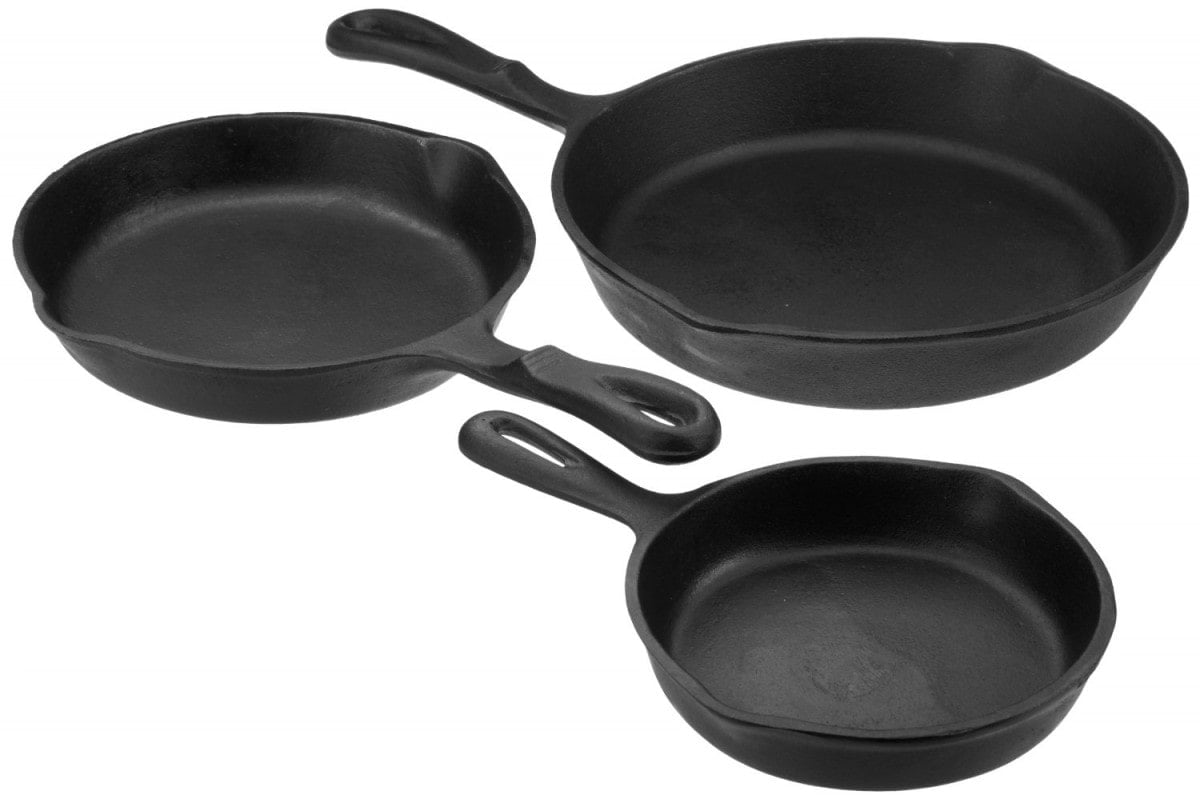




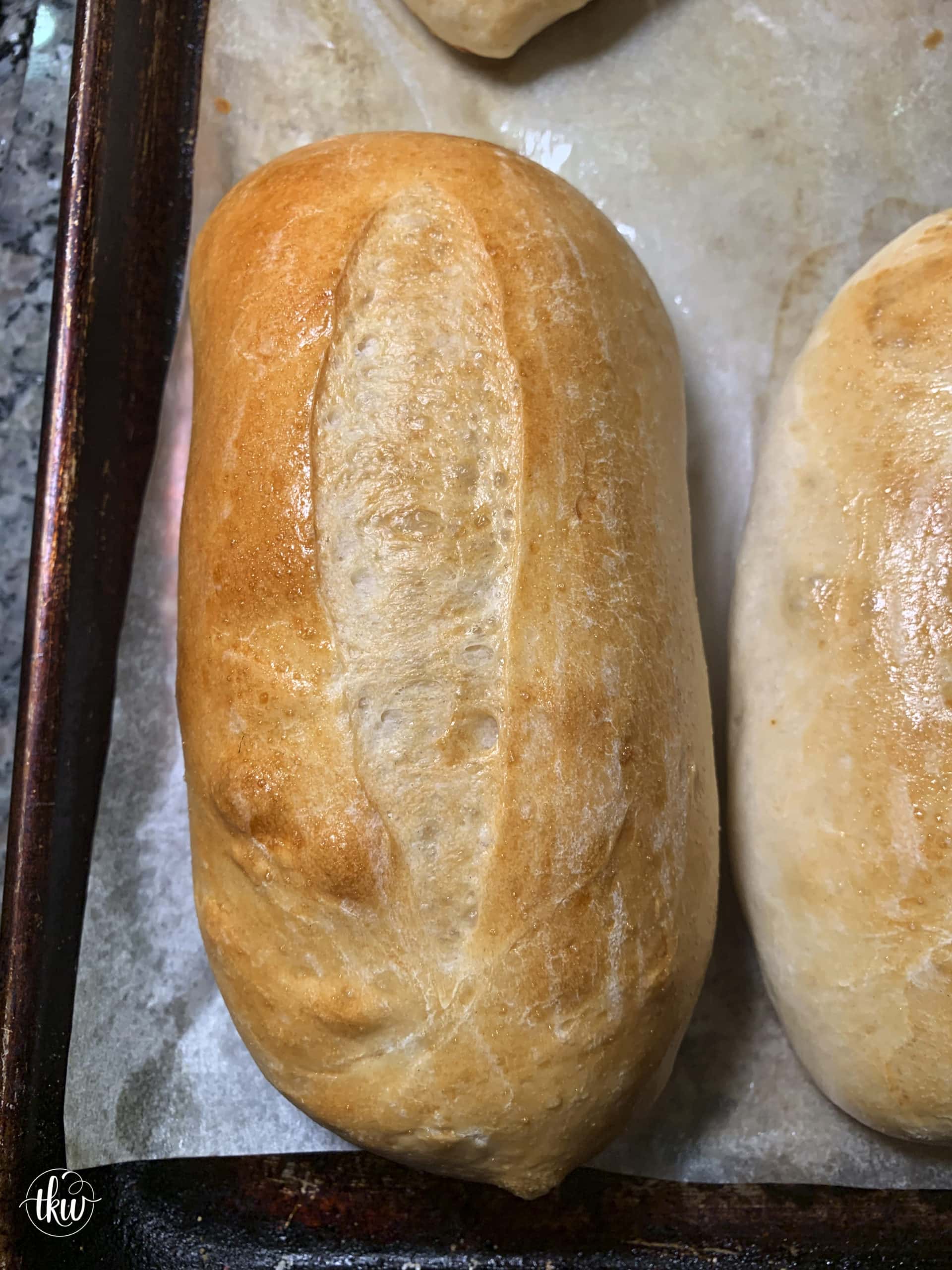
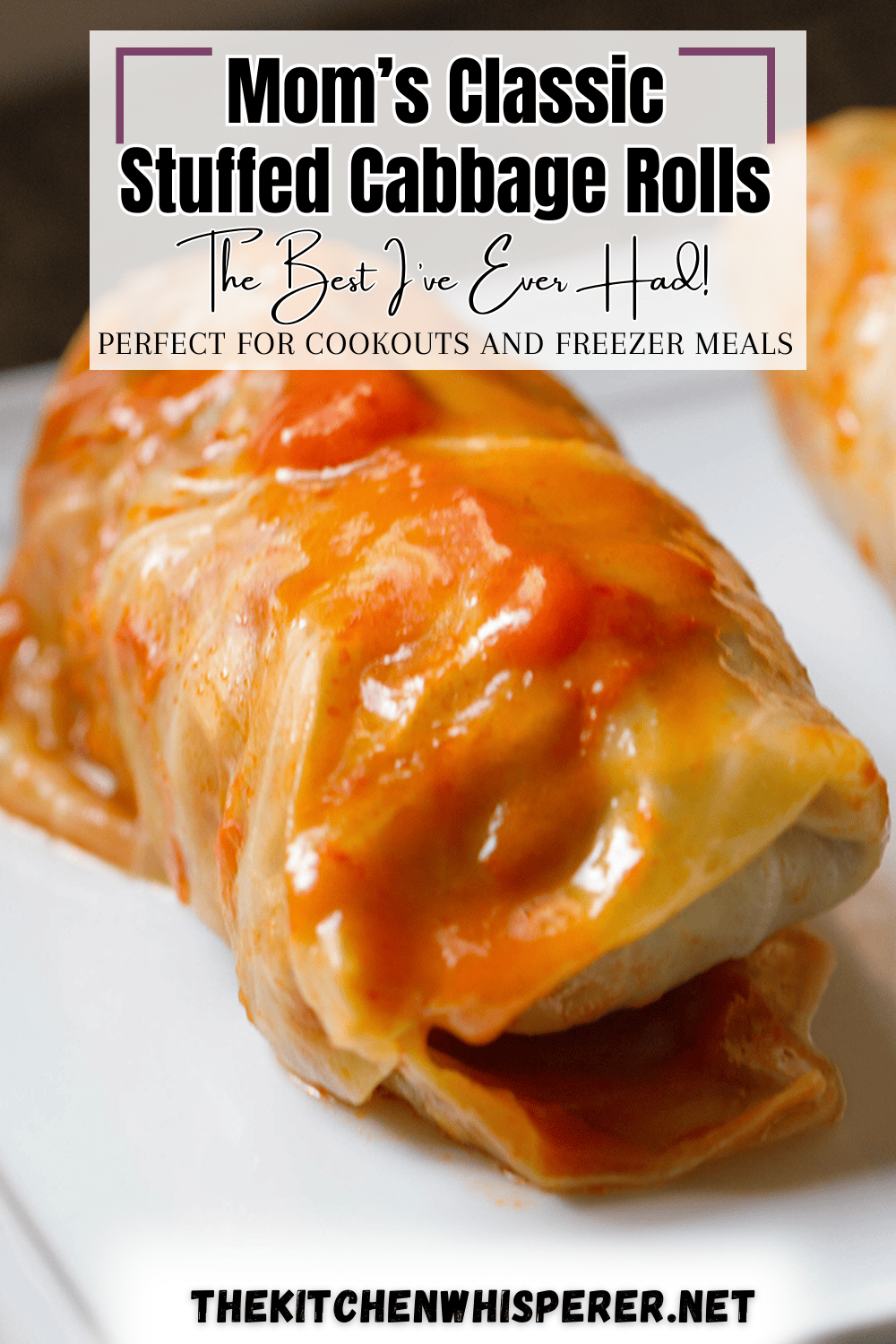
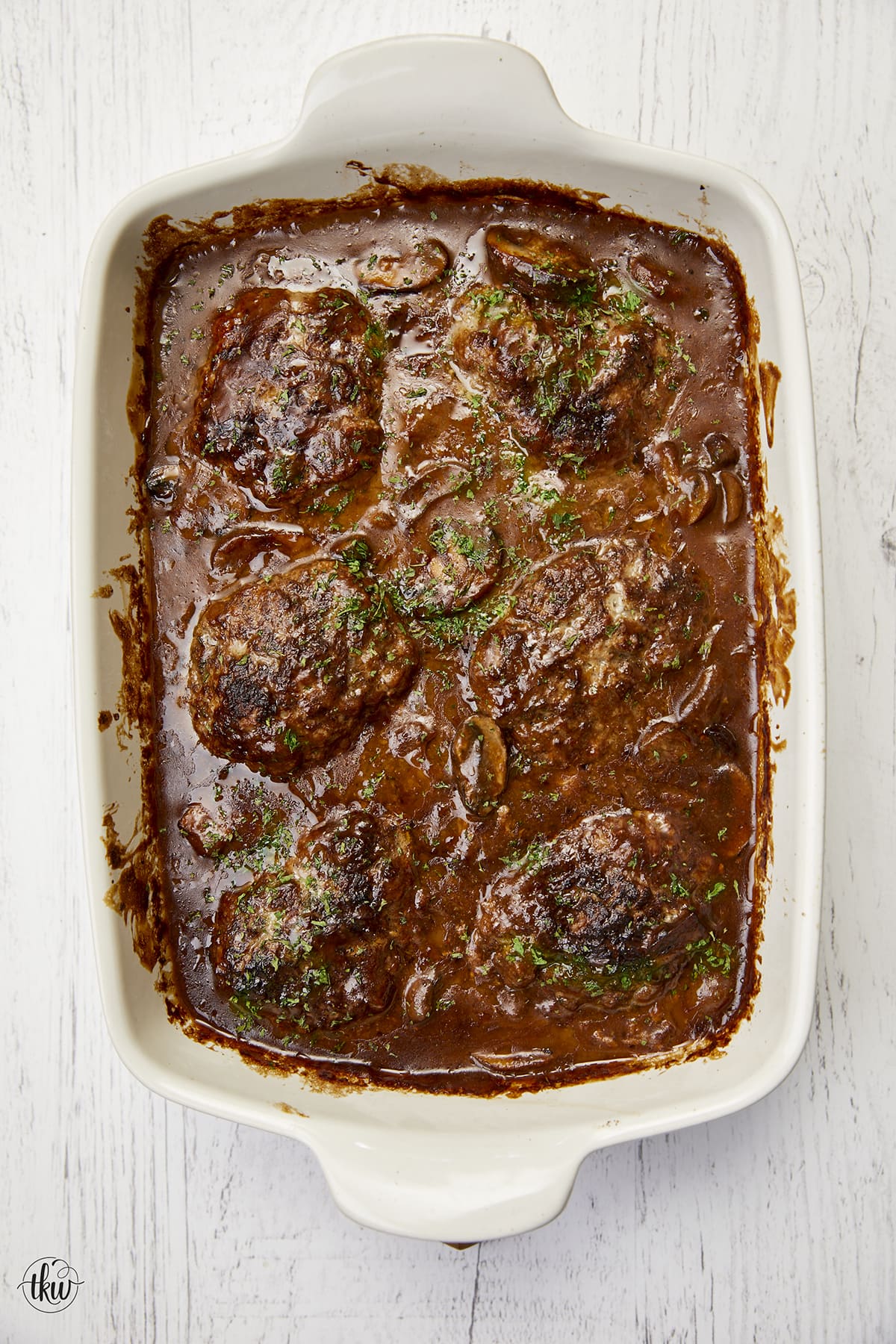

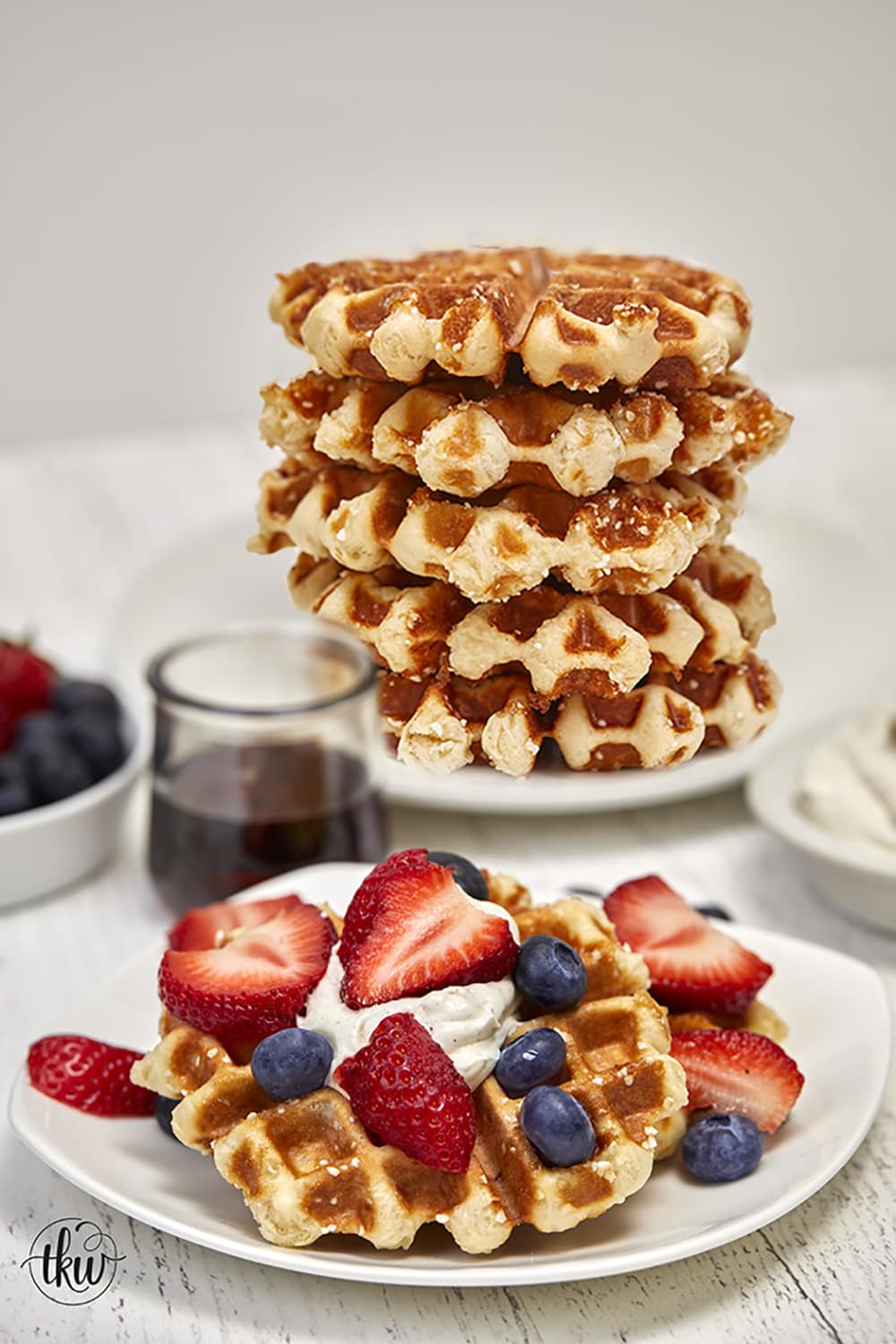
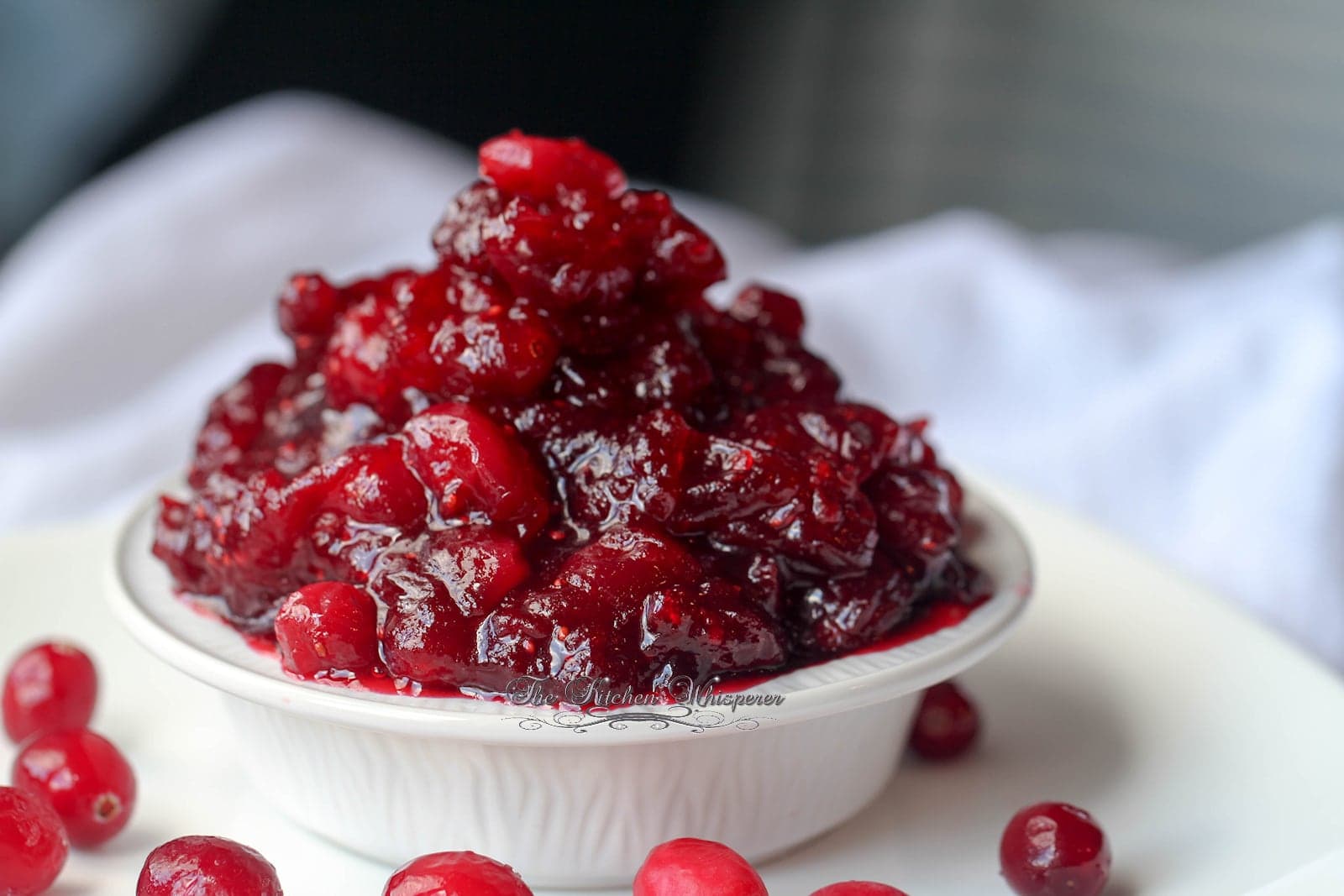

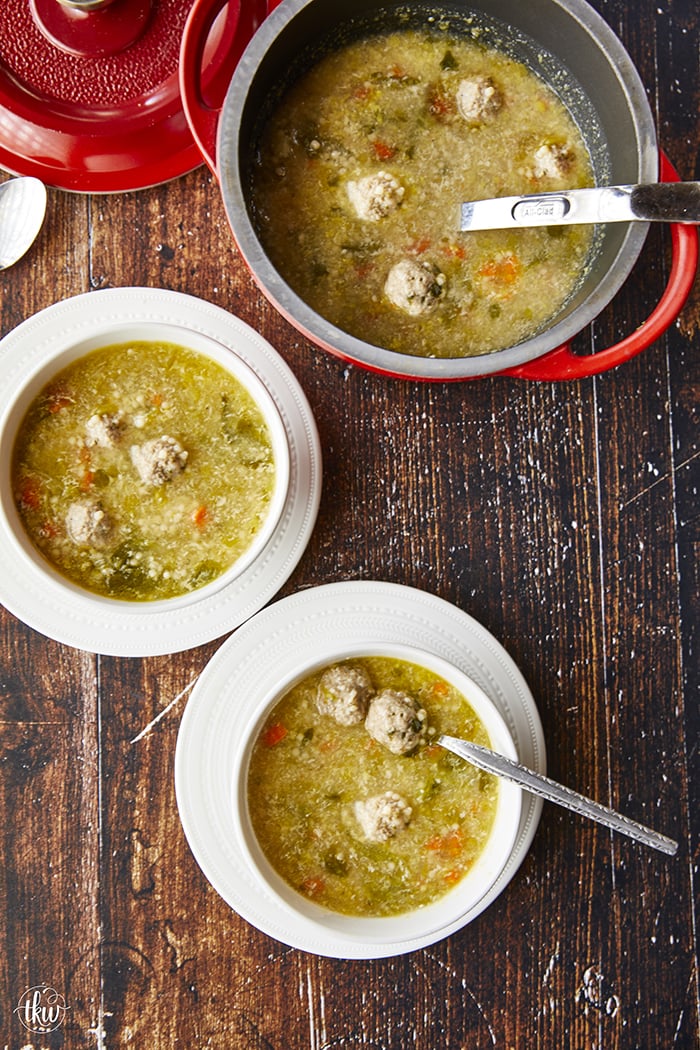
Leave a Reply